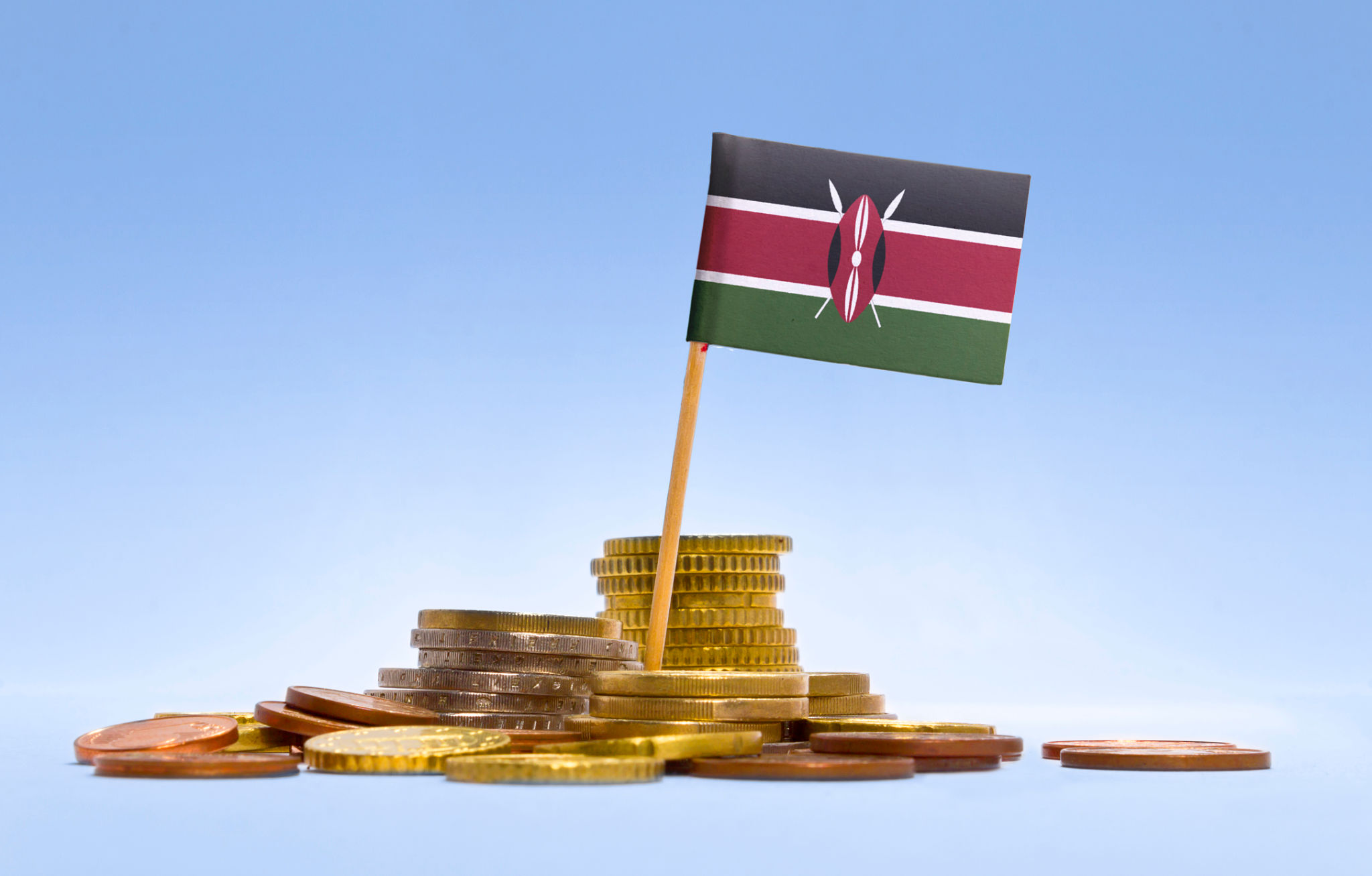Why Now Is the Time to Invest in East Africa: Opportunities, Sectors, and Smart Entry Strategies
ÇH
East Africa is shifting from promise to performance. With a growing consumer base, improving infrastructure, and a wave of pro-business reforms, the region—particularly Kenya—offers a compelling case for mid- to long-term investment. The question for forward-looking investors and companies is no longer if to enter, but how and where.

East Africa’s Investment Climate in 2025
Kenya and its neighbors are entering a new phase of economic resilience. Anchored by Nairobi’s growing influence as an innovation hub, the region is experiencing an uptick in:
- Digital infrastructure
- Regional integration (AfCFTA)
- Political and monetary stability in key markets
Foreign direct investment is on the rise, and governments are increasingly open to private sector collaboration—especially in high-impact sectors like logistics, energy, and food security.
East Africa is not just emerging—it’s maturing. And the smartest investors are already positioning themselves ahead of the curve.
Top Opportunity Sectors
Some sectors offer outsized returns, both in profitability and long-term impact:
Agriculture & Agri-Tech
With rising food demand and a fragmented supply chain, modern agri-business models—from mechanized farming to precision agriculture—are in high demand.
Renewable Energy
East Africa’s energy gap is being closed by solar mini-grids, wind projects, and battery innovations. Investors with a green thesis will find both regulatory support and off-grid demand.
Light Industrial & Real Estate
From affordable housing to storage facilities and hospitality venues, land and logistics infrastructure remain underbuilt and undervalued.
Logistics & Last-Mile Distribution
With rising e-commerce and urbanization, there’s growing need for smarter, more agile delivery and warehousing systems.
Digital Services & Fintech
With Kenya’s mobile-first economy and high youth adoption, there is continued demand for digital finance, e-learning, healthtech, and B2B SaaS solutions.
If your product or solution works in East Africa, it will likely scale across the continent.

Barriers to Entry—And How to Navigate Them
No market is without risk. Key challenges include:
- Licensing delays or bureaucratic red tape
- Currency exchange regulations
- Limited access to reliable data
However, these are navigable with:
- Local partnerships with credible operators
- On-ground due diligence
- Consulting support for navigating compliance, HR, and operations from day one
Companies entering blindly often burn capital. Those entering with insight, alignment, and patience tend to build durable market positions.
Smart Entry Strategies
Investors and companies considering East Africa should weigh these strategies:
Joint Ventures & Local Partnerships
Partnering with trusted local operators can unlock market access, accelerate approvals, and reduce cultural missteps.
Greenfield vs. Acquisition
In sectors like agri-processing or light industry, acquiring an underperforming asset may prove faster than building from scratch.
Strategic Advisory Support
Engaging local advisors or consultants like Skepsis.world ensures on-the-ground clarity in regulation, labor, procurement, and real-world risk.
Success in Africa doesn’t come from copying and pasting global models—it comes from building locally intelligent ones.

Conclusion: The Window Is Now
As East Africa strengthens its position in the global economy, early movers will shape tomorrow’s market dynamics. Whether you’re an investor seeking solid returns or a company evaluating a new frontier, the opportunity in Kenya and beyond is tangible—but timing, partnerships, and informed entry matter.
Considering expansion or investment in East Africa?
Let Skepsis World help you shape a strategy rooted in local knowledge, risk awareness, and execution clarity. [Reach out to us]
